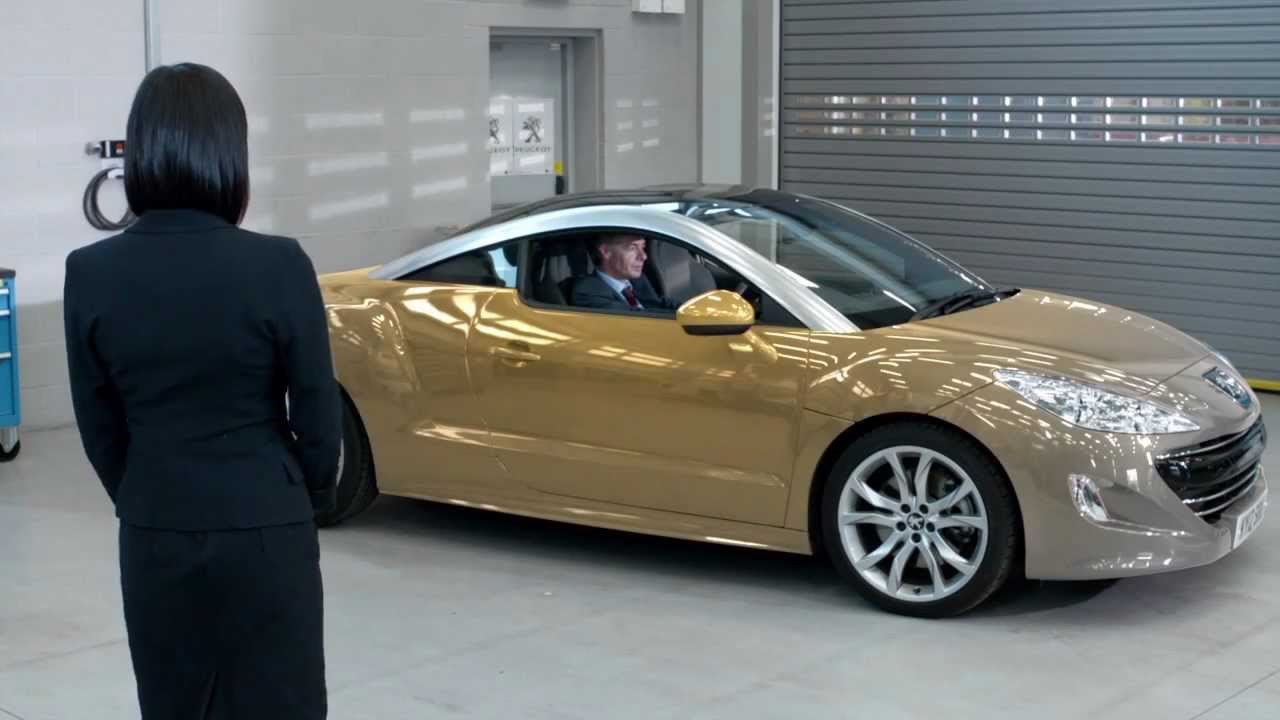Who says ze Chermins have no sense of humour? If there’s one constant with BMW, it’s the manufacturer’s penchant for a good April Fool’s joke.
The company has embraced a number of “hilarious, ja?” misinformation marketing manoeuvres over the years, including the time it advised of a new wiper system for keeping the BMW roundel on the bonnet free of road grime, or the so-called Driver’s Weight Sensor (DWS), which would compare the weight of the person in the driver’s seat with a pre-programmed value, to reduce car theft.
If the BMW detected a difference in weight, it would shut down the ignition system. Interested buyers were encouraged to contact BMW representative Hugh Phelfrett.
The pranksters have also run advertisements for “BMW Anti-Track Control” which purportedly removed burnt rubber from tarmac in order to conceal hoonish M-Performance-themed behaviour, and a transferable steering wheel that would enable BMW owners ferrying between the UK and continental Europe to easily swap the steering column and pedal box over to the relevant side of the car (actually a pretty cool idea when you think about it).
In our part of the world, a few years back BMW Australia “announced” a cut-down ute version of the M3 sedan.
The reveal caused Aussie motoring writers to spit Fosters all over their workstations in joyous anticipation ... until about an hour later when the humorous truth behind the story was revealed.
Mind you, arch-rival Mercedes-Benz has sort of had the last laugh here: its very real X-Class utility is set to launch later this year.
Without anything approaching a commercial division at its behest, a jokey Photoshopped pickup is as close to the actual article as BMW is likely to get for now.
Euro-pranksters aplenty
 Peugeot Colour Prank. Photo / Supplied
Peugeot Colour Prank. Photo / Supplied
While those funny guys at BMW have moulded the April Fool’s Day joke into an advertising art form, other Euro manufacturers have had a go, too.
Around the time its RCZ sports coupe was released, Peugeot said the model would be the world’s first car to feature “mood paint” as an option.
The carmaker suggested the paint consisted of a “specially developed psychochromatic coating” that altered its
molecular structure to emit wavelength-varying light, “changing colour to reflect how you’re feeling”. What colour goes with “smug”?
Also of note is a 1991 April Fool’s Day joke from Volkswagen, featuring a roof rack specially designed for convertibles that , the manufacturer said (through stifled giggles), could unlatch itself before the automatically folding roof was deployed, pivot on the panel at the top of the windscreen and then lower itself again.
While undeniably side-splitting, the advertisement didn’t bother with relaying the engineering details of how the roof rack held itself in the upright position when the soft-top was down, giving suspicious readers all the proof they needed to confirm the entire feature was a jolly jape.
Bus humour across the ages

Flying Bus Hoax. Photo / Supplied
April Fool’s Day gags from vehicle manufacturers aren’t new. They’ve been around for decades, as evidenced in the 1950s when news service International Soundphoto distributed images of a bus flying above pedestrians in Paris’ Place de la Concorde.
The photo — which ran in many newspapers — was immediately spied for what it was: an April Fool’s Day joke orchestrated by some bored darkroom minion.
The fact that not a single Parisian pedestrian in the picture seems at all bothered by a dangerously swerving, low-flying bus is, on reflection, another giveaway.
Speaking of buses, in 1984 the Sunday Times revealed that London Transport planned to adopt 21st-century automated driving technology 30 years before it took off, with a proposed driverless London bus.
It was claimed the bus would follow a magnetic track while cameras scanned the road ahead, relaying images back to an office-based controller who could easily switch the bus back to manual if necessary. Sounds kind of prescient, doesn’t it?
For its trouble, the newspaper even included a poll in its April Fool’s joke, noting that 100 per cent of respondents opposed the plan. And being taken for a (virtual) ride too, we imagine.




